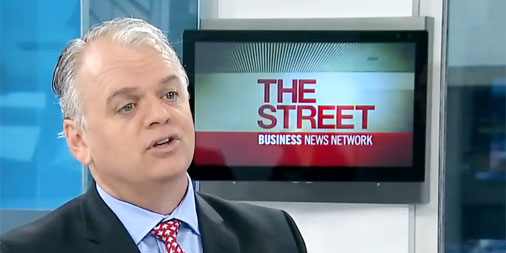How to create high-performing teams without face-to-face meetings
Posted on January 20, 2020
As more collaboration is taken out of the conference room and into the virtual meeting space, the importance of team-building best practices is greater than ever.
The trend in organizations to create more work teams for important projects is opening up new possibilities for the innovation and engagement that are the mark of high-performing organizations. One best practice for team building, says Marilyn Laiken, program director of Schulich ExecEd’s Masters Certificate in Organization Development and Change, is investing time in what she calls the “forming phase”. Before sitting down to the task at hand, Laiken says it’s important to create the right environment for success.
“Travel for trust” is one adage Laiken subscribes to. In her book, The Anatomy of High Performing Teams: A Leader’s Handbook, she explains the advantages of having remote work teams gather for an initial in-person meeting to build trust by sorting out group dynamics, roles and responsibilities, and the internal etiquette the team will adopt to smooth the way forward. It helps by putting names to faces and learning about each other through personal interaction, including all the non-verbal signals that entails. But what if you can’t put everyone in the same room?
The global nature of organizations these days makes it impractical to hold in-person meetings and the trend has been to use technology to organize more – and more frequent – virtual meetings. This can include video-conferencing, which can approximate quality face time, but virtual meetings are more often held by tele-conference or by using meeting platforms that share presentation materials but are still essentially verbal interactions.
Overcoming the disadvantage of not meeting in person makes the techniques of team forming all the more critical. Laiken recommends some techniques for achieving the same results in a virtual setting.
- “Go slow to speed up” – taking the time to form your team properly at the start will save time and conflict later. Don’t jump into the work right away.
- Appoint a team leader to manage the initial trust-building phase, including helping to establish guidelines the team will follow once it gets going. The leader, who doesn’t have to be a manager, can step back later as leadership is shared among group members.
- Get team members to introduce themselves by sharing the essential thing they want you to know about them.
- Give everyone a voice – especially important in a verbal setting where unspoken forms of communication are not available. Allow time for people to speak up and perhaps create a signal they can use to take their turn speaking online.
- And finally, the most important and often overlooked phase of team forming – talk about the work. What is the team is supposed to be doing? What are the objectives? How will you measure success?
Some of these techniques work equally well in face-to-face meetings, but they are especially important in virtual meetings to overcome the specific challenge of what might be called voice-to-voice meetings.
*
Marilyn Laiken is program director for the Masters Certificate in Organization Development and Change (starting April 20, 2020). For more information and to register, visit the program web page.













